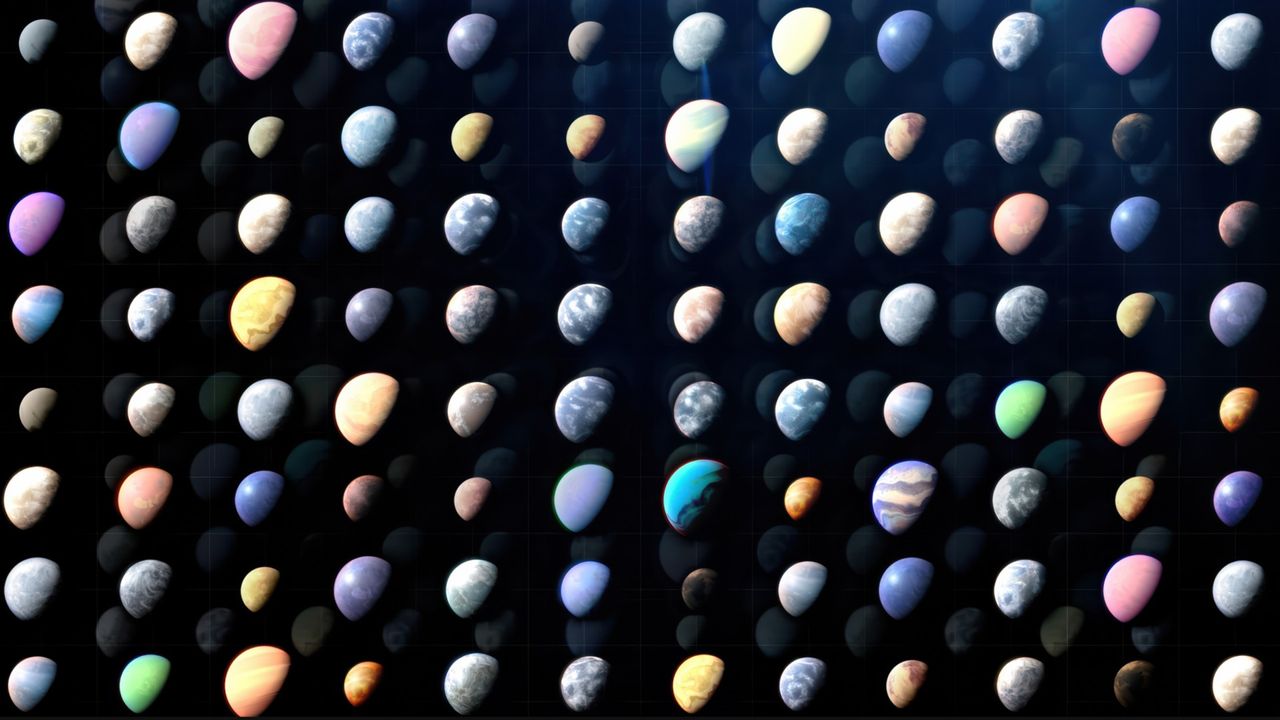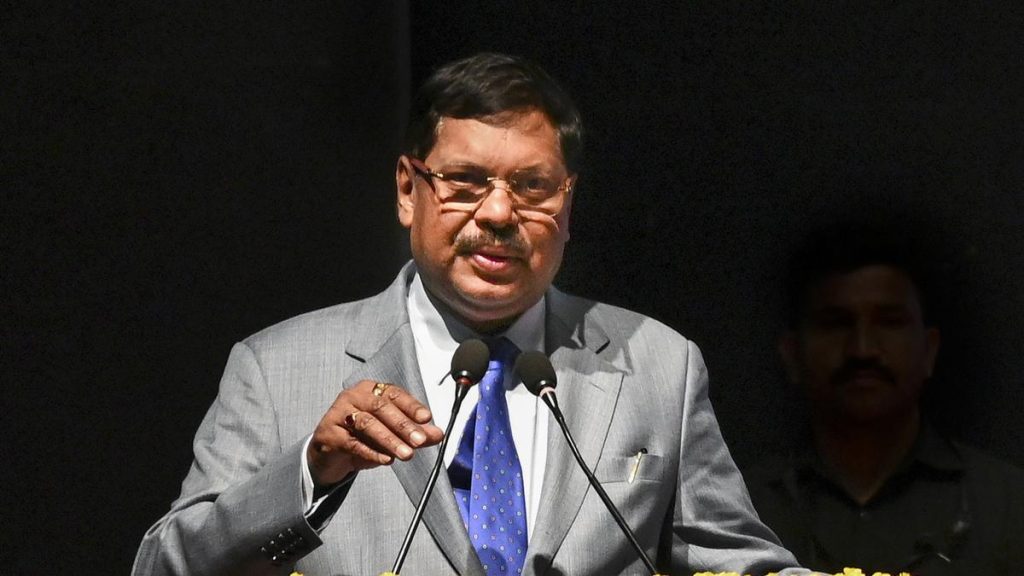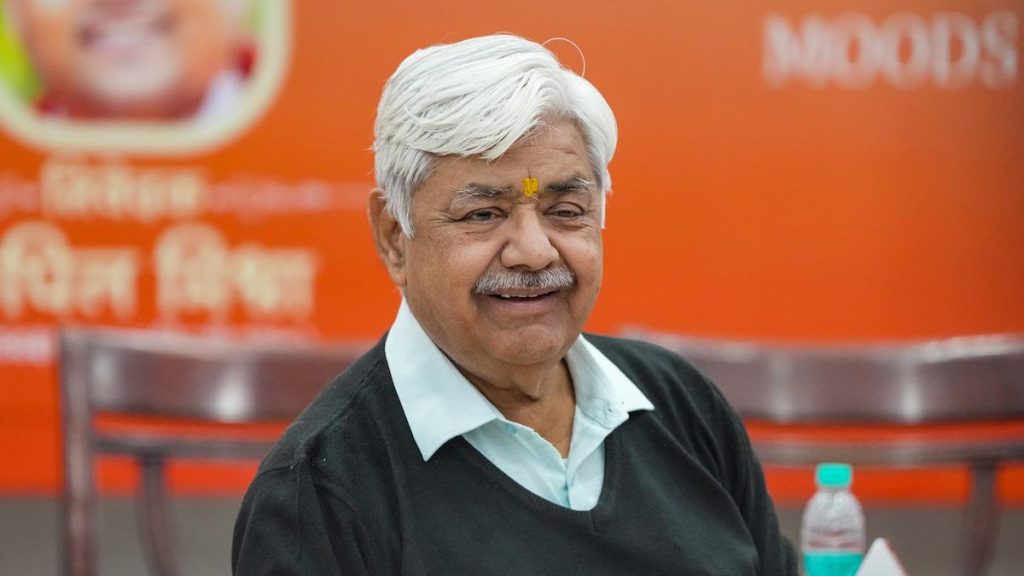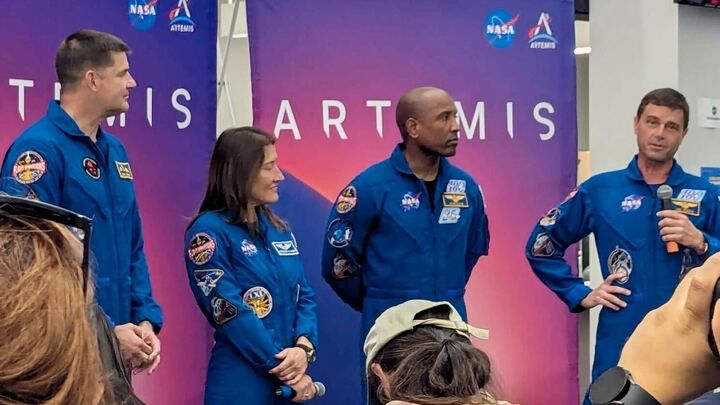Now Reading: NASA Confirms Discovery of 6,000 Exoplanets, Heralds New Era of Exploration
-
01
NASA Confirms Discovery of 6,000 Exoplanets, Heralds New Era of Exploration
NASA Confirms Discovery of 6,000 Exoplanets, Heralds New Era of Exploration

Quick Summary
- NASA has officially reached the milestone of confirming 6,000 exoplanets since starting its search for alien worlds beyond our solar system about 30 years ago.
- The agency announced this achievement on September 17, near the anniversary of the first confirmed discovery of an exoplanet orbiting a sun-like star (51 Pegasi b in 1995).
- Exoplanet discoveries are added on a rolling basis internationally; as of writing, the count stands at 6,007 confirmed planets with an additional ~8,000 candidates awaiting verification.
- Among these worlds are diverse categories:
– 2,035 Neptune-like planets (hydrogen/helium atmospheres with heavy cores).
– 1,984 gas giants similar to Jupiter.
– 1,761 super-Earths, larger than Earth but smaller than Neptune/Uranus.- 700 rocky terrestrial planets like Earth or Mars.- seven identified as “unknown types.”
- Recent addition KMT-2023-BLG-1896L b is a Neptune-like planet approximately equal to 16.35 Earth masses.
- NASA’s space telescopes have been integral to discovery efforts: Kepler telescope identified over 2,600 planets before its retirement; TESS is responsible for nearly 700 counts.
- Despite advances and fascinated insights into unique atmospheric conditions and planetary behaviors among discovered worlds (such as diamond-based formations or lava-hemi-planets), no “Earth twin” has yet been found.
(Image credit: NASA’s Goddard space Flight Center)
Indian Opinion Analysis
NASA’s milestone highlights humanity’s growing capacity for uncovering alien worlds via advanced technology like TESS and Kepler telescopes.For India-a growing player in space exploration-the advancement underscores both opportunities and challenges ahead in global collaborative astrophysics ventures.
India’s space programme can derive lessons from such achievements by investing further in astronomy programs targeting exoplanet research alongside technical innovations like ISRO’s Aditya-L1 mission focusing currently around nearer-objectary allocations rather-only being rest iron-eyomedamiliar capacity –> policies adaptable forward

























